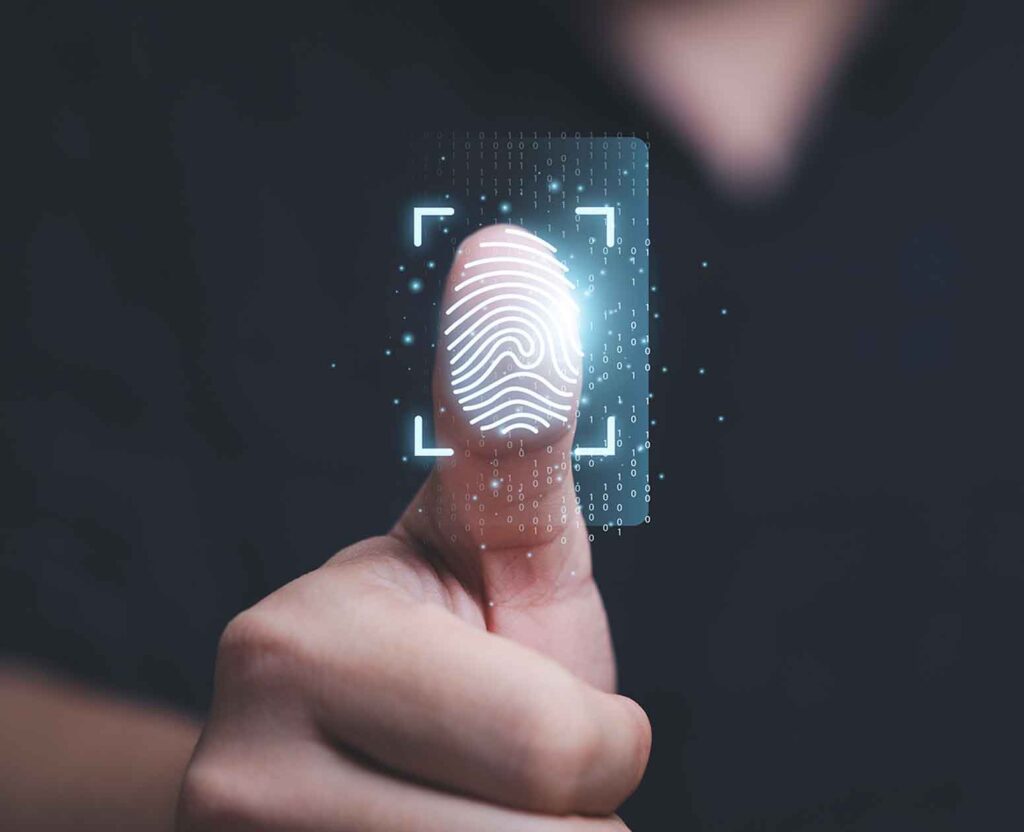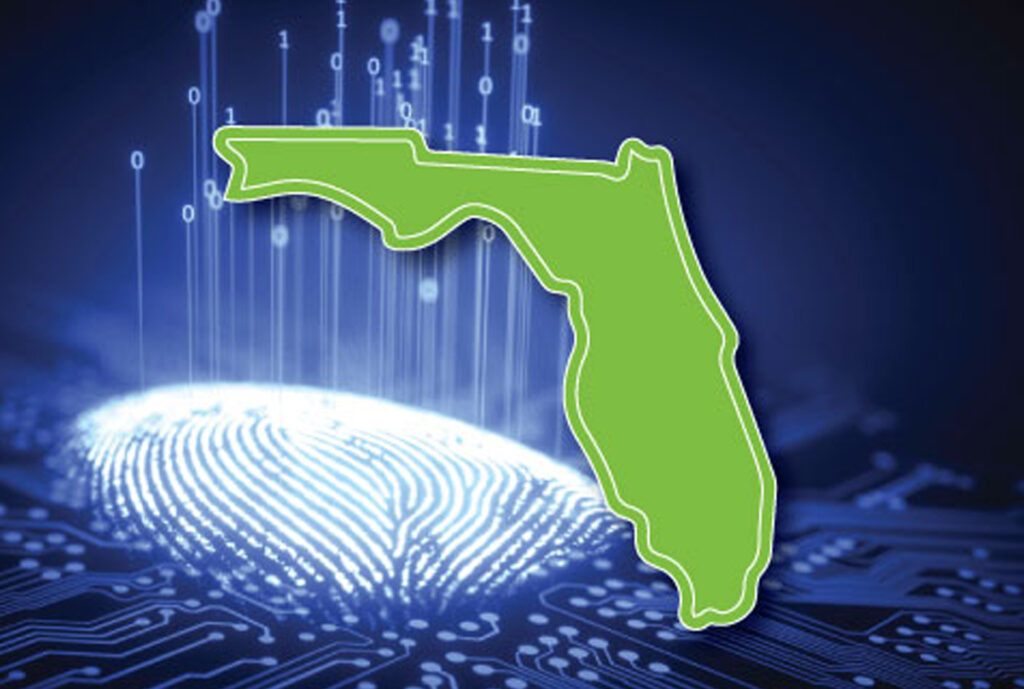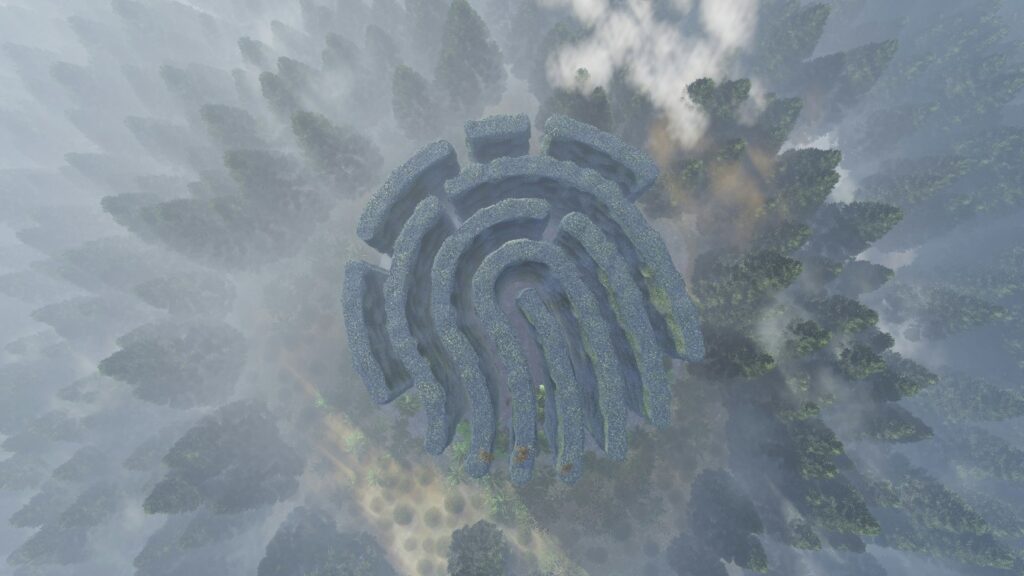NEWS
What are some interesting facts about fingerprints?
Fingerprints are one of the most distinctive and fascinating features of the human body. These intricate patterns of ridges, whorls, and loops have captivated scientists, law enforcement, and the public for centuries. Beneath the surface of these seemingly simple markings lies a wealth of information that has revolutionized the way we identify individuals and solve crimes.
One of the most intriguing facts about fingerprints is their uniqueness. No two people, not even identical twins, have the same fingerprint pattern. This is due to the complex interplay of genetic and environmental factors that shape the development of these distinctive markings during the early stages of fetal development. The ridges and whorls that form on the skin of the fingertips are influenced by factors such as the tension and growth of the skin, the distribution of sweat glands, and the underlying bone and muscle structure.
Another fascinating aspect of fingerprints is their permanence. Barring significant injury or scarring, fingerprints remain unchanged throughout an individual’s lifetime. This remarkable stability is a result of the deep-seated nature of the fingerprint pattern, which is formed within the basal layer of the epidermis and remains relatively unaffected by the constant shedding and regeneration of the outer layers of skin.
Fingerprints have also played a crucial role in the field of forensic science. The ability to collect and analyze fingerprint evidence has been instrumental in solving countless crimes, from burglaries to homicides. The unique patterns of each individual’s fingerprints can be used to link suspects to crime scenes, identify victims, and even exonerate the innocent. The development of advanced fingerprint scanning and matching technologies has further enhanced the power of this forensic tool, making it an indispensable resource for law enforcement agencies around the world.
Beyond their practical applications, fingerprints have also captured the public’s imagination. The intricate swirls and loops of these patterns have inspired artists, designers, and even tattoo artists, who have incorporated them into a wide range of creative works. Fingerprints have also been the subject of numerous scientific studies, with researchers exploring their potential applications in fields ranging from biometrics to medical diagnostics.
In conclusion, fingerprints are a remarkable and enduring feature of the human body, with a rich history and a multitude of fascinating facts. From their uniqueness and permanence to their crucial role in forensic science and their artistic and scientific applications, these tiny markings continue to captivate and inspire us, offering a glimpse into the remarkable complexity and diversity of the human experience.












